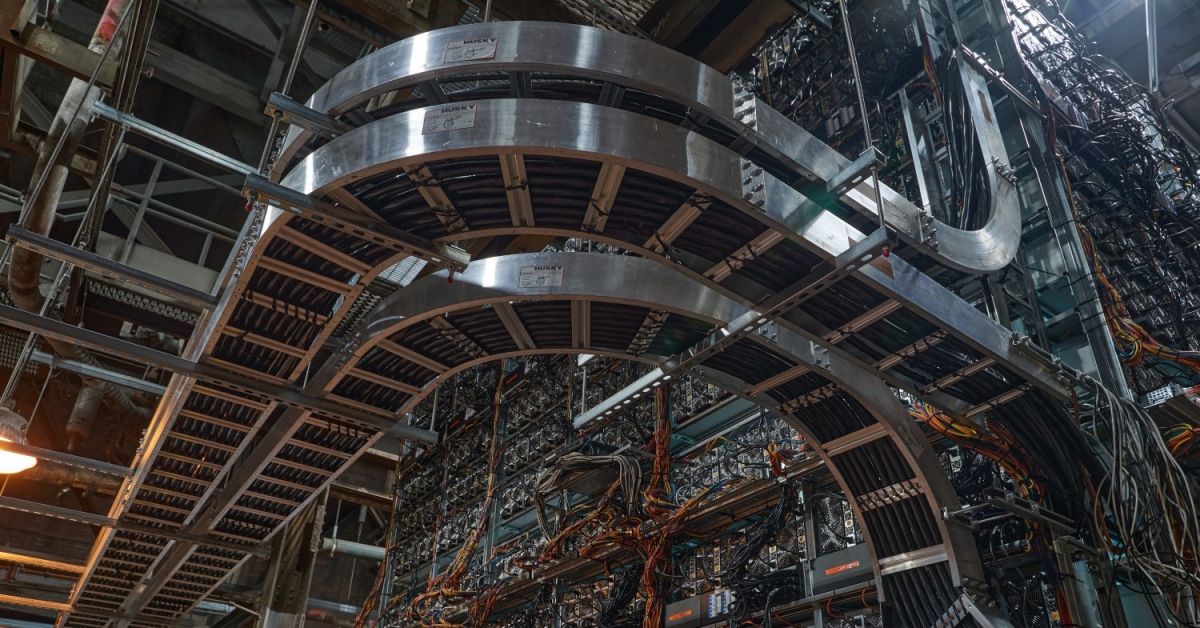Bitcoin Halving Is Coming and Only the Most Efficient Miners Will Survive
The bitcoin mining hashrate, a measure of computing power on the network, will likely decline dramatically a year from now, once rewards are halved.
Roughly every four years, the reward for successfully mining a bitcoin block is cut in half. This event, known as the halving, reduces inflationary pressure on bitcoin. Currently, rewards are 6.25 BTC per block ($170,000) and in April 2024 they will be reduced to 3.125 BTC per block ($85,000).
Currently, publicly listed miners mine at a cost of $10,000-$15,000 per bitcoin, said Wolfie Zhao, head of research at mining consultancy Blocksbridge. Once the halving happens, these costs will double, bringing miners’ breakeven point to $20,000-$30,000.
“If bitcoin isn’t seriously above $30,000, many of them could be mining at a gross loss,” he said.
Wall Street giant JPMorgan predicted the cost to mine bitcoin could rise as high as $40,000 after the halving.
With such a high cost of mining and absent any significant rally in the price of bitcoin, only the most cost efficient miners will survive, while others will be forced to shut down their operations.
“Energy cost and equipment efficiency will determine winners and losers post halving,” said Kerri Langlais, chief strategy officer at bitcoin miner TeraWulf (WULF).
Operators with higher production costs per bitcoin will have a more difficult time surviving the halving. According to data compiled by Zhao, Stronghold Digital Mining (SDIG), Cipher Mining (CIFR) and Riot Platforms (RIOT) have the lowest costs of production, with Stronghold at $8,200, Cipher at $8,600 and Riot at $10,400 per bitcoin in the first quarter.
Considering that margins are likely to shrink, “miners have begun strategizing on capital preservation, fleet efficiency, and diversification,” investment bank Stifel’s analyst Bill Papanastasiou wrote in a note in late May.
Broadly speaking, the industry has turned its focus to the efficiency of operations and machines, as opposed to simply bringing as much hashrate online as possible, which was the case during the bull market of 2021.
Once the hashrate sees a “large drop off” immediately after the halving, we will see “very slow growth the following months as the efficient machines replace older machines, and machines change hands to lowest cost operators,” said Ethan Vera, chief operating officer at mining services firm Luxor Technologies.
Moreover, investments in new machines have been “measured,” Papanastasiou said, given the uncertainty over the economics of mining for the upcoming year. The mining business already comes with a high cost of capital relative to other industries, double that of the precious metals sector, according to Luxor Technologies analyst Jaran Mellerud.
The lack of investment might seem counterintuitive considering that hashrate and difficulty—a measure of how easily miners can discover a block of bitcoin— has been consistently increasing in the past few months, despite the crypto bear market. Both metrics, key measures for the miners’ profitability, have been setting new all-time highs throughout 2023.
However, the rising hashrate can reflect economic conditions of several months ago. Because mining facilities and equipment take several months to be developed, the hashrate growth largely reflects investments made in previous periods.
Still, discussions for new developments have seen an uptick in 2023, said B Riley analyst Lucas Pipes in a note to investors. Investment in new buildings is subdued compared to 2021 levels, but relative to the autumn of 2022, when bitcoin prices were in their lows of around $15,000, the situation has improved for the industry.
A rally in the price of bitcoin or a major slump in energy prices could boost miners’ profitability, such that they don’t have to power off after the halving. Bloomberg Intelligence and Matrixport said that the halving has the potential to supercharge the price of bitcoin by as much as 81%.
“Historically, the rise in the price of BTC has outpaced the impact of the halving. Time will tell what happens in this cycle,” said Langlais.
Edited by Nelson Wang.








